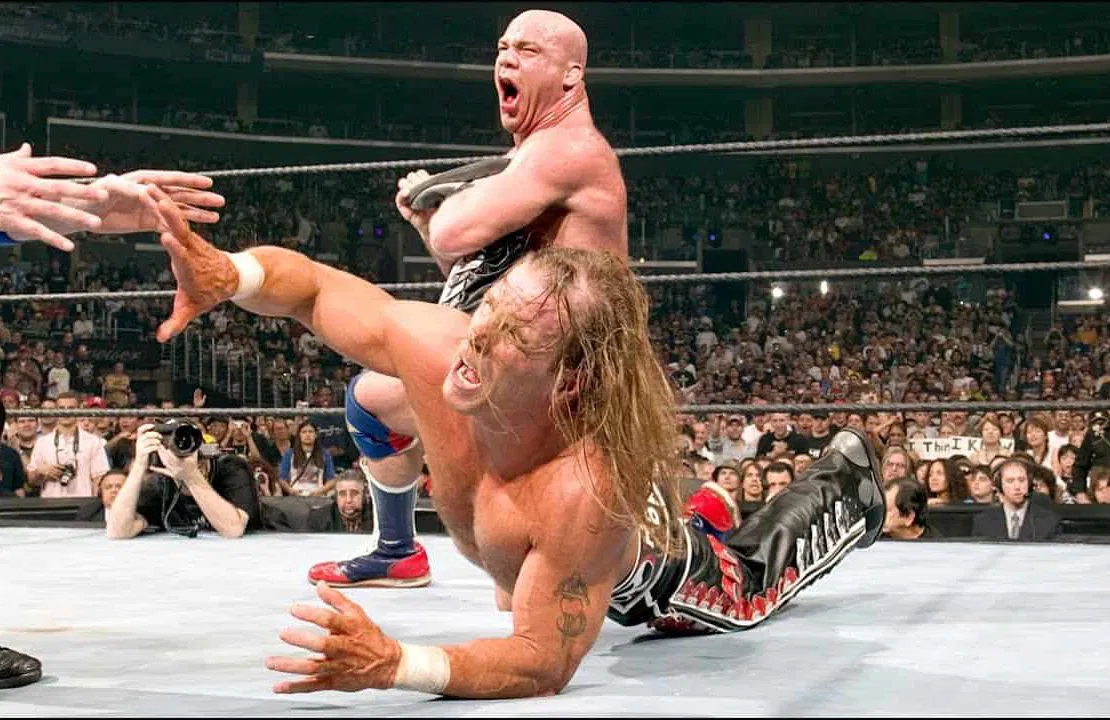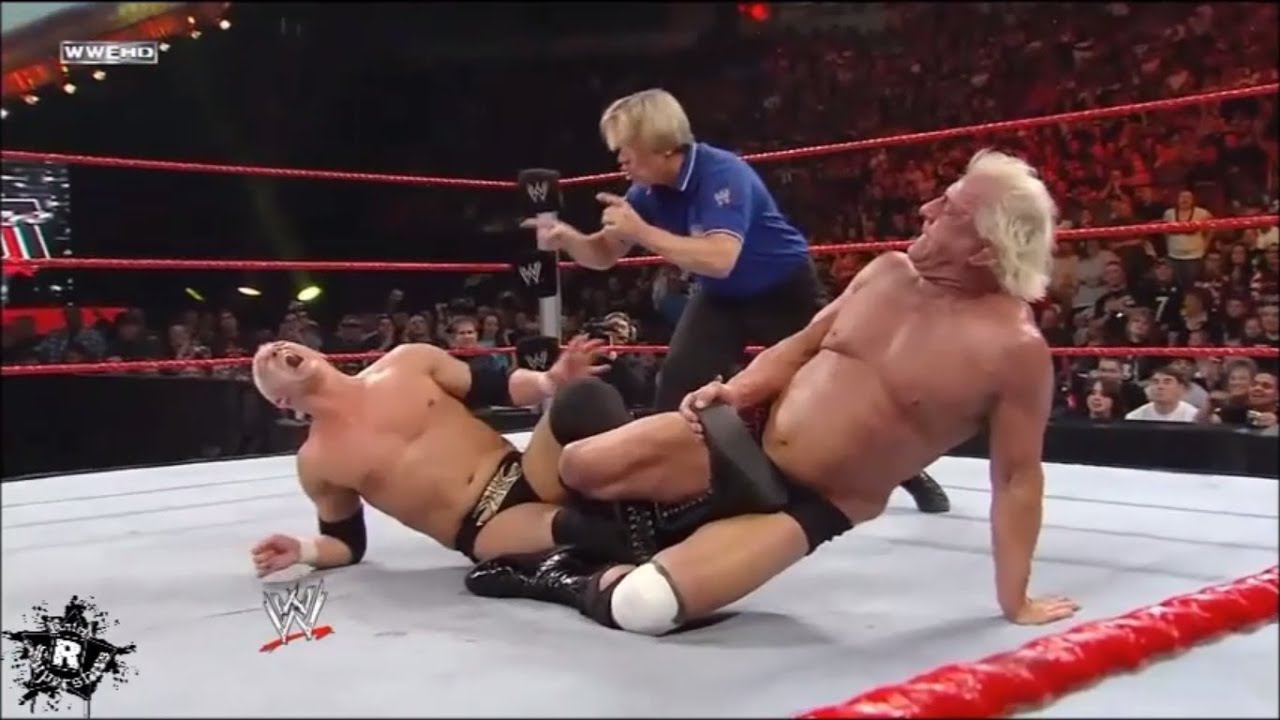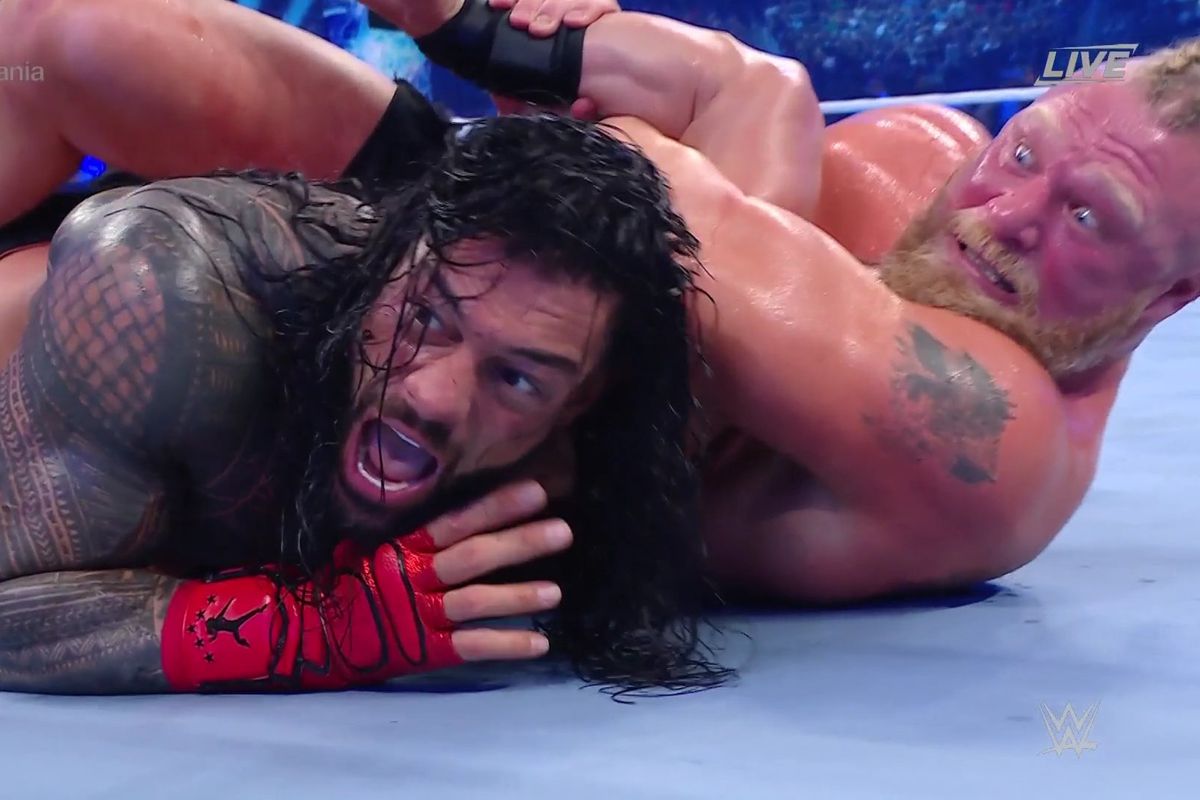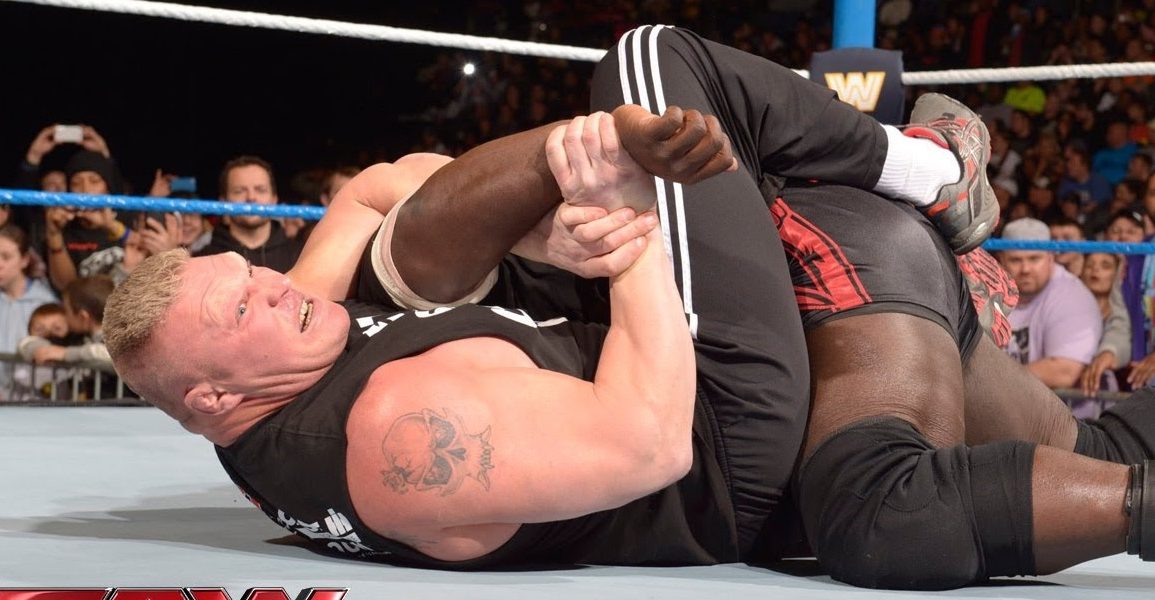In professional wrestling, submissions are more than just moves; they are psychological weapons and physical traps. Some of these signature submissions can be so punishing that they not only incapacitate their victims but also force even the toughest of superstars to quit. These submissions often test the limits of pain, endurance, and determination. When a superstar is faced with a painful hold that makes them submit, it often marks the end of a rivalry or a turning point in their career.
From classic holds to more modern innovations, certain submissions have become iconic for their ability to break the spirit of even the most fearless competitors. In this, we explore the most devastating submissions in wrestling history that made superstars tap out and leave the ring in defeat. These moves serve as a reminder of the sheer intensity and drama that make wrestling such an enthralling spectacle.
1. The Sharpshooter – Bret Hart’s Signature Move

The Sharpshooter is one of the most iconic submission moves in wrestling history, famously associated with Bret “The Hitman” Hart. It’s a simple yet effective maneuver that targets the legs, specifically the lower back and spine, causing intense pain and pressure. The move is executed by tying up an opponent’s legs and flipping them onto their back, with the attacker facing them and pulling back on the legs. This forces a painful stretch across the opponent’s spine, making it nearly impossible to withstand without submitting.
Bret Hart’s mastery of this hold turned it into a symbol of his in-ring brilliance. He used the Sharpshooter to defeat many notable opponents during his career, including some of the biggest stars in the industry. One of the most memorable moments in wrestling came when Hart forced Stone Cold Steve Austin to tap out during their match at WrestleMania 13. The image of Austin, bloodied and defiant, refusing to quit despite being locked in the Sharpshooter, is etched in wrestling history as a testament to the brutal effectiveness of the move.
2. The Ankle Lock – Kurt Angle’s Unstoppable Submission

Kurt Angle’s Ankle Lock is a submission maneuver that has become synonymous with his wrestling career. Developed from his background in amateur wrestling, the Ankle Lock is a painful ankle lock that puts immense pressure on the ankle joint and the lower leg. The move is applied by twisting the opponent’s foot while pulling on the leg, causing the ankle to bend in unnatural ways. With the opponent’s entire weight applied to the ankle, it becomes an agonizing hold that leaves very little room for escape.
Angle used the Ankle Lock to great effect throughout his career, most notably in his match against Shawn Michaels at WrestleMania 21. In a classic encounter, Angle managed to trap Michaels in the Ankle Lock, forcing the legendary performer to tap out. Angle’s ability to apply the submission with such intensity and precision made it nearly impossible for any opponent to resist. The Ankle Lock became a signature weapon in Angle’s arsenal, and it’s a move that has forced countless superstars to submit under the bright lights of the WWE ring.
3. The Figure Four Leglock – Ric Flair’s Nerve-Breaking Classic

The Figure Four Leglock is another timeless submission that has made countless superstars quit over the years. Famously associated with Ric Flair, this move is designed to put extreme pressure on the legs, specifically targeting the knee and the lower back. The move involves locking the opponent’s legs in a figure-four position and applying pressure by pulling on the opponent’s legs and rotating them. This causes intense pain in the knee and hip joints, as well as the lower back.
Ric Flair’s use of the Figure Four Leglock helped define his career, especially in his legendary battles with rivals such as Sting and Randy Savage. When Flair locked in the Figure Four, it was often a signal that his opponent’s days in the match were numbered. One of the most memorable moments in wrestling came when Flair used the Figure Four to make the much larger and more powerful opponents tap out. This move was a testament to Flair’s wrestling intellect and his ability to manipulate his opponents into submitting to the pain.
4. The Kimura Lock – Brock Lesnar’s Submission Mastery

Brock Lesnar, known for his raw strength and ferocity, might not be the first name that comes to mind when thinking of submission specialists, but his Kimura Lock is a submission move that has made an impact in both WWE and UFC. The Kimura Lock is a shoulder submission that targets the arm and shoulder joint, putting extreme pressure on the rotator cuff and elbow. To execute the move, the attacker hooks the opponent’s arm behind their back and twists it in a way that causes intense pain and potential injury.
Lesnar used the Kimura Lock to great effect in his battles, often leaving opponents with no choice but to tap out. The most notable use of the Kimura came when Lesnar faced John Cena at SummerSlam 2014. Lesnar locked Cena in the move during the match, showing off his technical prowess in addition to his monstrous strength. The Kimura Lock’s effectiveness stems from its ability to incapacitate an opponent quickly, often leaving them with no alternative but to submit in order to avoid serious injury.
In professional wrestling, submission moves are not just tools for gaining victories; they are instruments of psychological warfare. The holds we discussed here – from Bret Hart’s Sharpshooter to Brock Lesnar’s Kimura Lock – have all demonstrated just how devastating and effective a well-executed submission can be. These moves have forced some of the most legendary superstars in wrestling to tap out, ending their matches in dramatic fashion.
Whether it’s the technical precision of the Ankle Lock or the sheer pain of the Figure Four Leglock, each submission holds its own unique power. These submissions are not only physical challenges but also mental hurdles that wrestlers must overcome. For fans and competitors alike, these moves stand as a testament to the extreme nature of professional wrestling and the lengths wrestlers will go to, and sometimes break, in order to gain victory.


